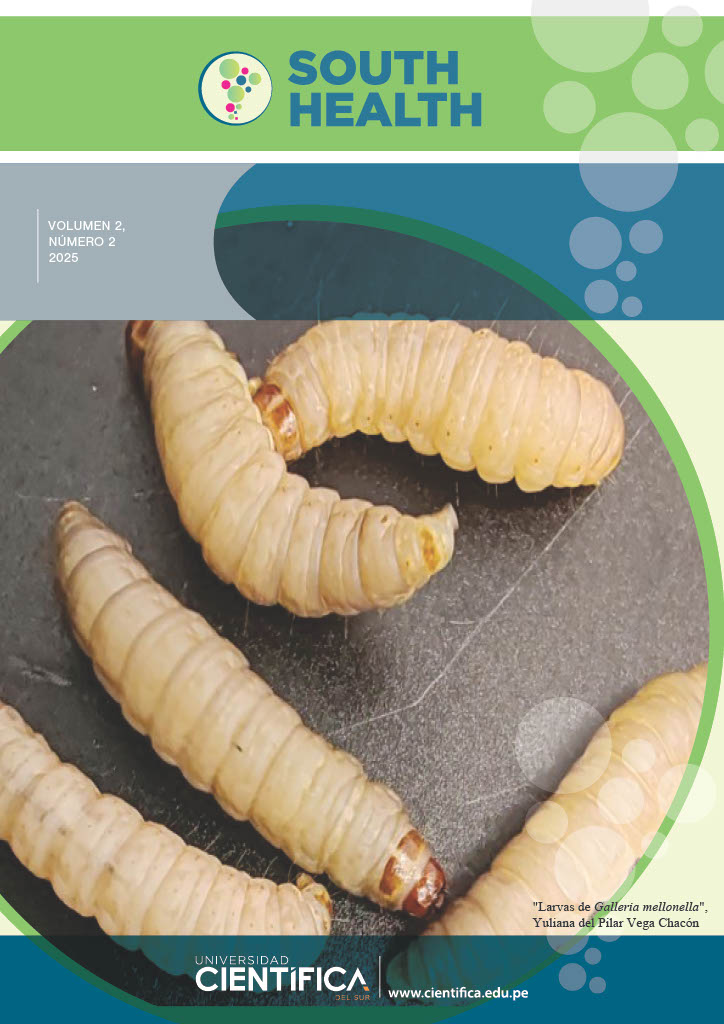Phenotypic and genotypic characterization of Vibrio cholerae isolates recovered from aquatic environments in the city of Resistencia, Argentina
DOI:
https://doi.org/10.21142/SH-02-2025-e004Keywords:
Vibrio, Recreational waters, ClonalityAbstract
The objectives of this study were to isolate Vibrio cholerae from recreational water sources, characterize them phenotypically and genotypically, study the clonal relationship between the different isolates using molecular methods, and determine the environmental conditions under which the findings were made. For each water sample, pH, temperature, date and time of sampling, and the presence of rainfall up to 72 hours prior to sampling were recorded. The production of different virulence factors and sensitivity to antibiotics were studied. The probable clonal relationship between the isolates was studied using pulsed-field gel electrophoresis (PFGE). From 100 water samples, 16 non-O1 non-O139 V. cholerae isolates were obtained from the Río Negro and Lacoons Francia, Argüello, and Colussi. Alkaline pH and the presence of previous rainfall were related to the finding of this bacteria in the environment. All isolates were sensitive to all antibiotics tested and none presented the CT and TCP virulence factors (ctxA and tcpA El Tor), two isolates were positive for the stn virulence factor. Using PFGE with the restriction enzyme SfiI, 14 different genetic patterns were obtained. The present study confirms the presence of V. cholerae in recreational waters in a region of northeastern Argentina, which reinforces the idea of carrying out surveillance of these pathogens in aquatic environments.
Downloads
Downloads
Published
Issue
Section
License
Copyright (c) 2025 Luis Antonio Merino, María Fernanda Tracogna, María Lucrecia Gariboglio-Vázquez, Eduardo José Carpio-Díaz, Liliana Silvina Lösch

This work is licensed under a Creative Commons Attribution 4.0 International License.








